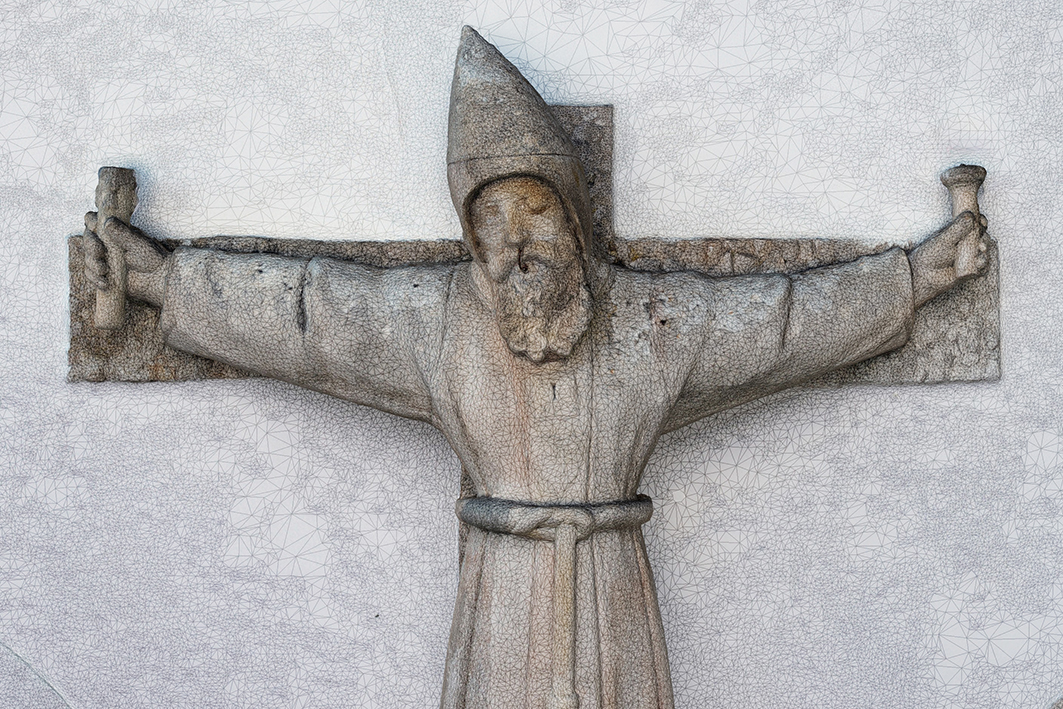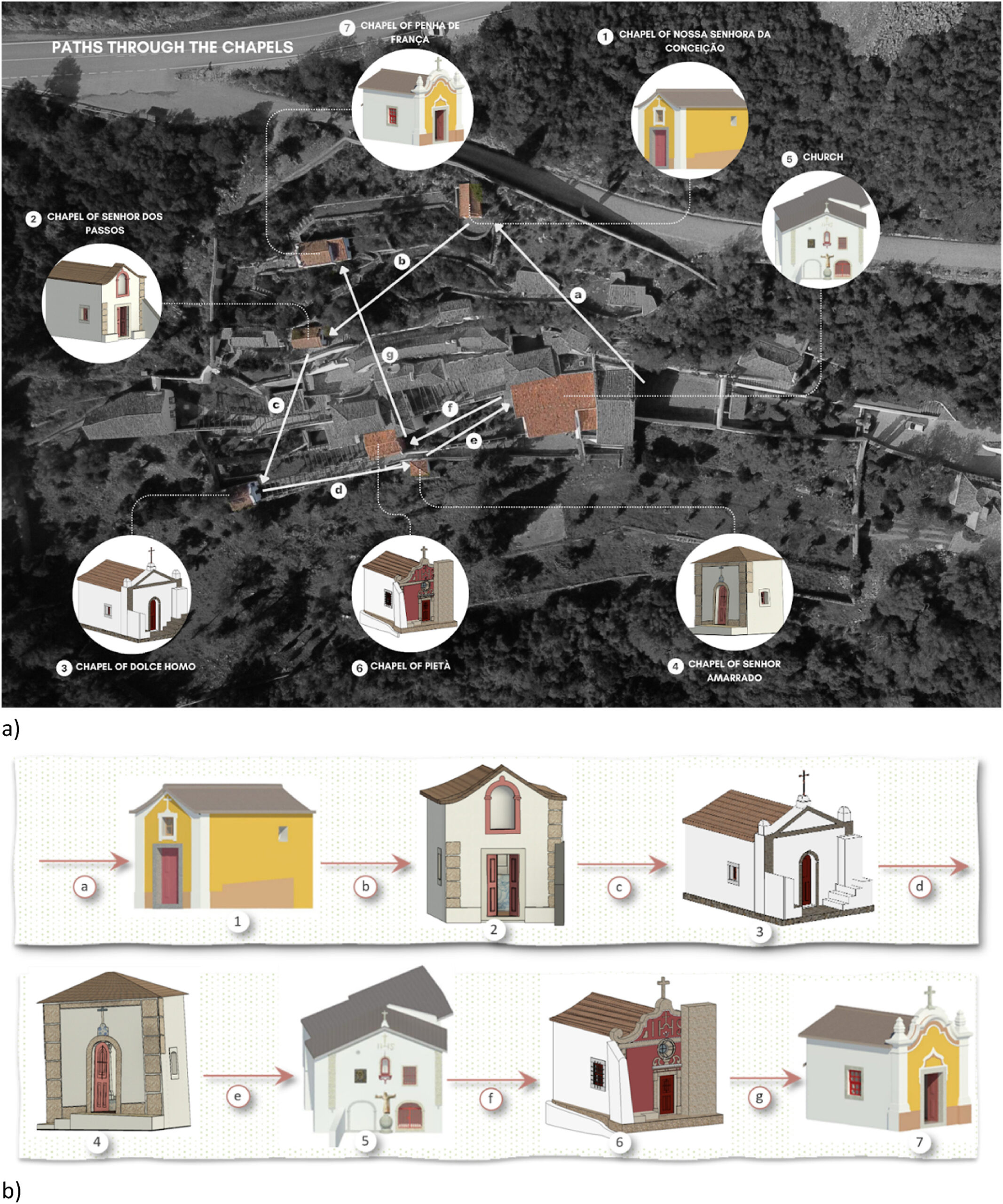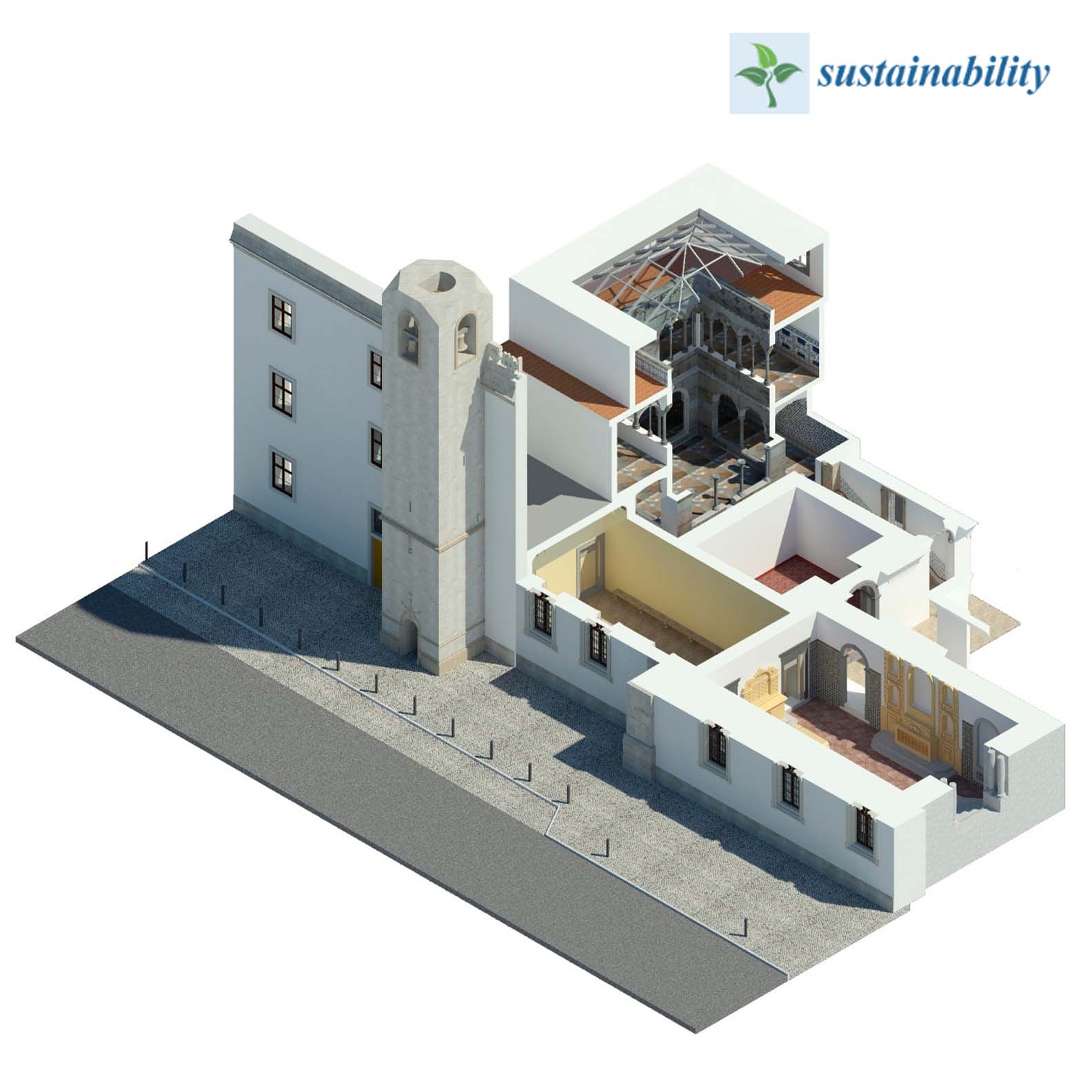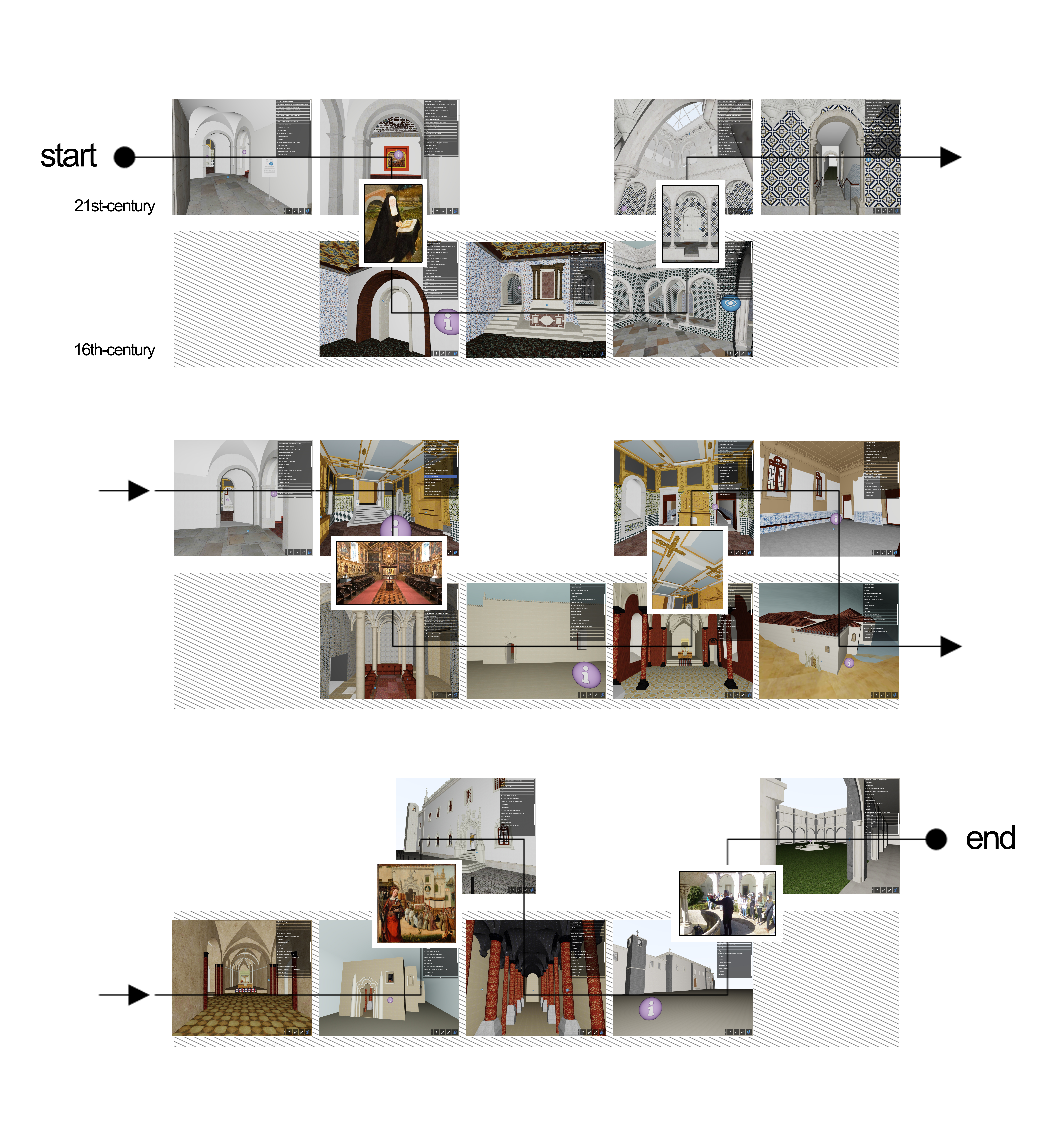
Convent of Arrábida
The Convent of Nossa Senhora da Arrábida was the seed for numerous Capuchos communities in the 16th century. It was the home of the first four Arrábida friars (Martinho de Santa Maria, Diogo de Lisboa, Francisco Pedraita and São Pedro de Alcântara) who lived for two years in an isolated community in the hillside of the Arrábida Mountains in dormitories carved into the rocks. Later, land was provided by the first Duke of Aveiro, D. João de Lencastre to Friar Martinho de Santa Maria, who founded the building known today as the New Convent in 1542. Together with São Pedro de Alcântara, Friar Martinho established the Province of Santa Maria da Arrábida and wrote Estatutos da Província de Santa Maria da Arrábida (in English: Statutes of the Province of Santa Maria da Arrábida) which provides rules for the foundation of new convents of the Strict Observance throughout Portugal. Beyond articulating the conduct of daily life within the convents, the rules also describe the required spaces of the building accompanied by maximum dimensions to maintain consistent austerity across the order.
The convent and chapels throughout the mountains suffered looting and damage as a result of their abandonment following the extinction of the religious orders in 1834. Reparation works began in the 1940s and 1950s by Casa de Palmela who had acquired the property much earlier in 1863. In 1990 the convent and property were sold to Fundação Oriente to restore and maintain its 16th century cultural values.
Across 25 hectares, the convent today covers four principal areas: the Old Convent, located in the highest part of the mountain, the New Convent, located halfway up the slope, the garden spaces at the low point of the hill and the Sanctuary of Bom Jesus to the east. The Memória Shrine, which existed on the land prior to the convent was the destination of major pilgrimages throughout history, giving the land a deep spiritual history.
Contributing to the mission of Fundação Oriente, our research will explore ways to safeguard the tangible and intangible dimensions of Arrábida’s cultural heritage with a specific focus on the relevance of Franciscan values in the present. By digitally reconstructing the spaces of the Old Convent high in the hillside, the public will have access to otherwise inaccessible spaces to better understand the asceticism of the earliest Capuchin from-of-life. Through digital storytelling, the intangible depth of the convent and Serra da Arrábida will be exposed through the rich history of myth, poetry, rule and ritual practices which constitute this sacred place.







